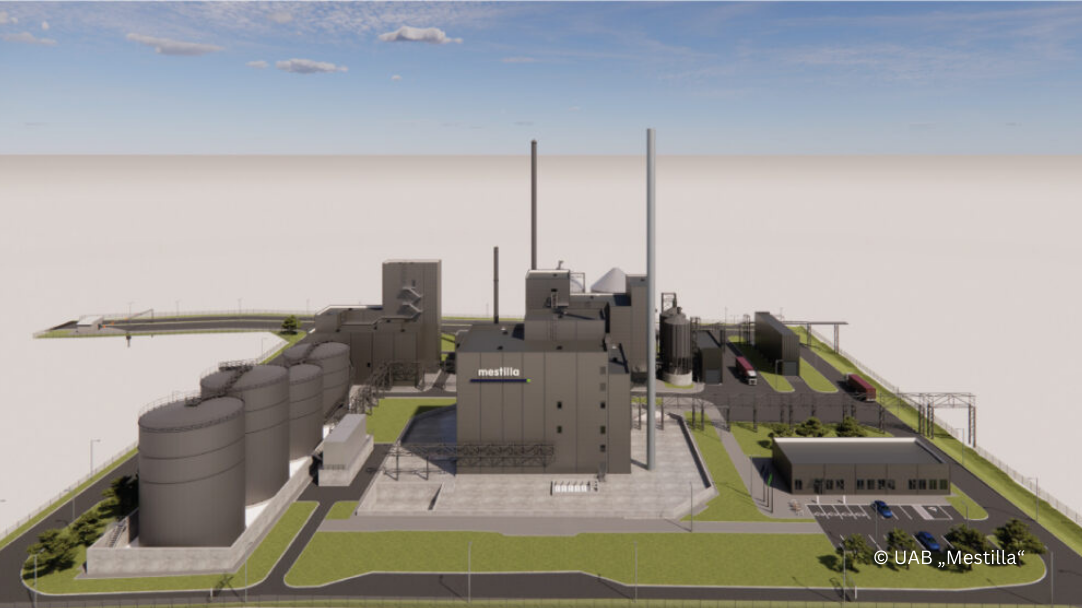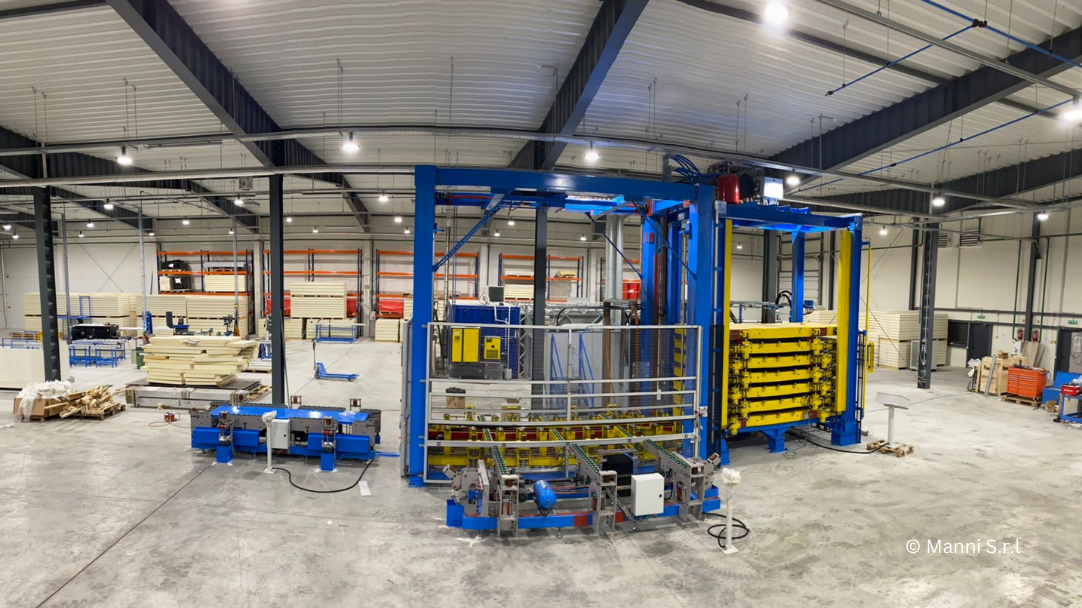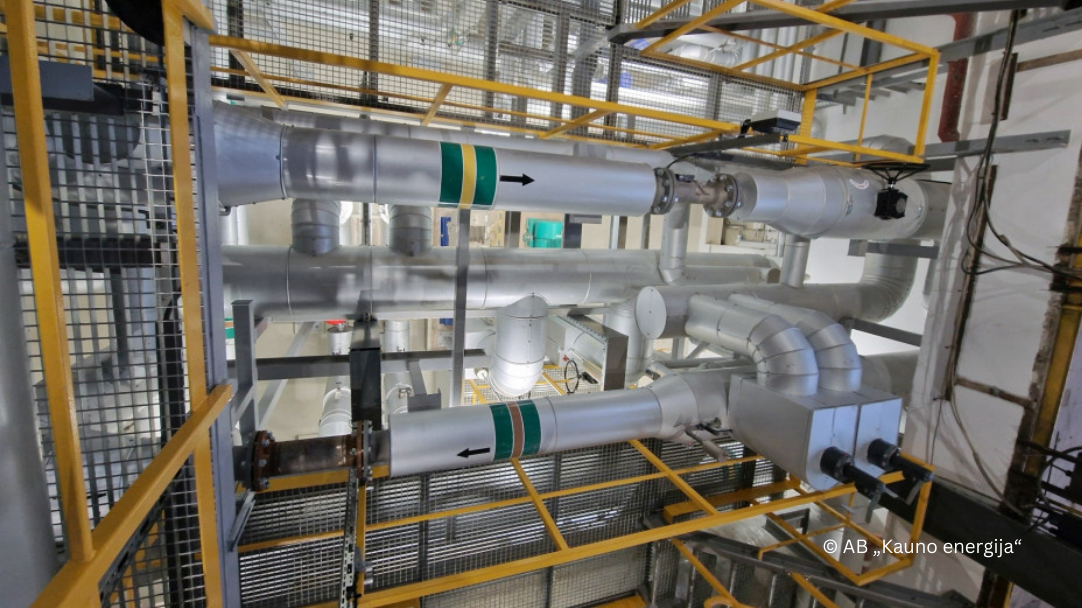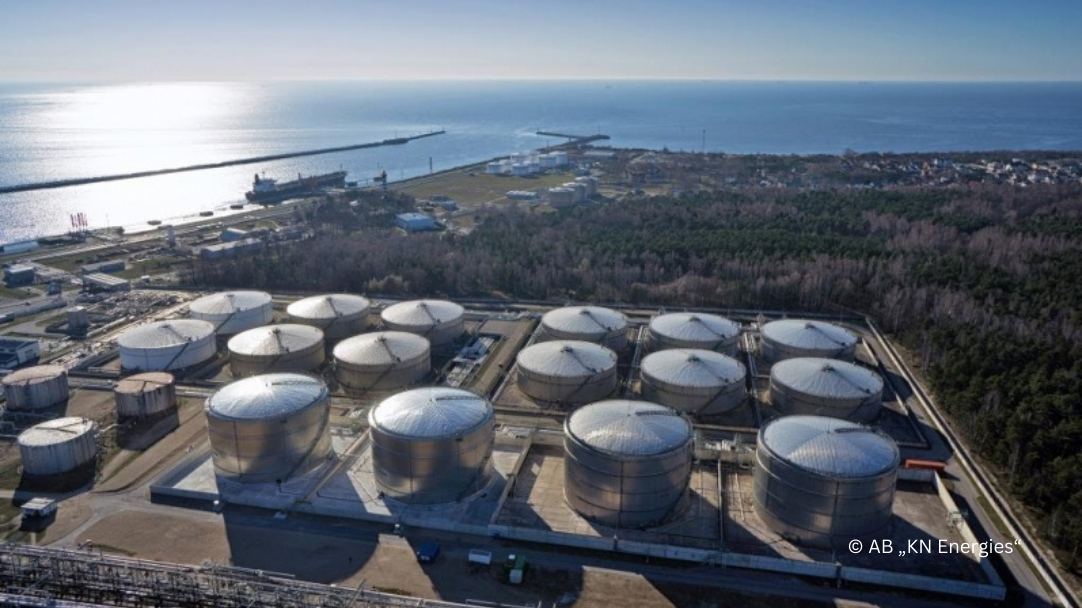Axioma Servisas continues the project for installation of a giant retort furnace in Estonia: its lining works have been successfully completed. Weighing almost 200 tonnes, this device was designed, manufactured and assembled on-site on the order of the client for the newly constructed shale oil plant.
Project is being implemented since 2021
The design and production works of the cylinder-shaped furnace started as early as 2021. In compliance with extremely stringent technical requirements, Axioma Servisas, in collaboration with partners, designed and manufactured the elements of the giant retort furnace – the central cylinder, two rear sections with banding rings, front and rear seals, support structures and a rotation mechanism with support rollers.
In the middle of last year, the first stage of installation of the gigantic device was carried out, during which all the previously listed parts of the device were placed on an 18-meter-high support structure, aligned and connected to each other. “This stage required extreme precision, as the retort furnace must rotate continuously so that the heated raw material entering it at one end is mixed and moved along the entire length of the device towards the outlet. A similar technology is also used in the production of cement,” said Darius Imbrasas, Head of the Service Unit of Estonia.
The second phase of installation work is completed
The second phase of installation work has been completed in Estonia. The Axioma servisas team carried out the furnace lining, i.e. the installation of the refractory coating on the inside of the thermal plant, and the installation of small equipment.
The interior of the retort furnace will be used for processes with temperatures of up to 600 degrees, so two layers of concrete (thermal insulation and abrasion-resistant) are being installed to reliably protect the equipment from overheating.
Before the lining process, as many as 10 000 anchors were manufactured and welded inside the furnace. Later, the first coating layer was affixed comprising concrete mixed with water, which was sprayed onto the surface with the help of compressed air. Thermal insulation protection created in this manner is required for thermal devices. The second layer of concrete coating was cast in a regular way.
A 10.5 tonne reducer and a 21 tonne cogwheel, consisting of 15 segments, were also installed to rotate the reactor. This was followed by the installation of a service platform, a ventilation system, sensors and automation equipment.
The final phase of the project, the start-up and commissioning of the retort furnace, is scheduled for the end of this year.






